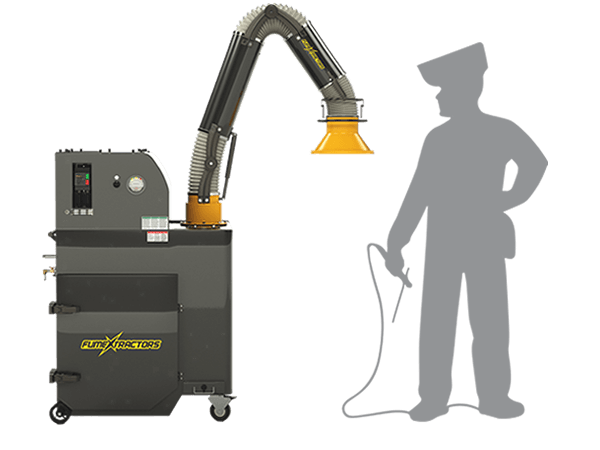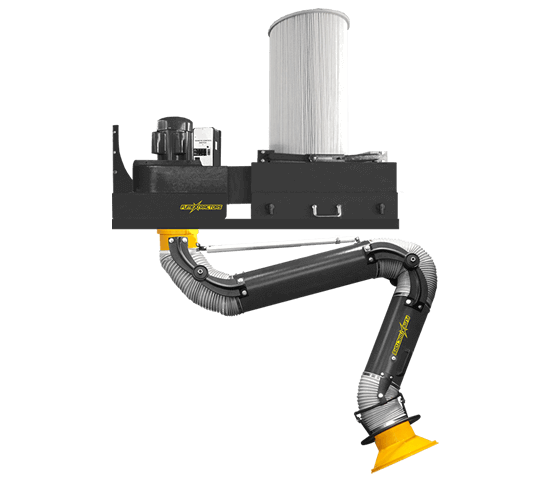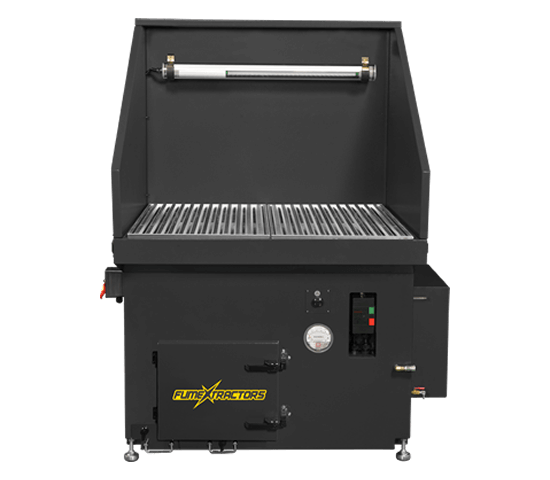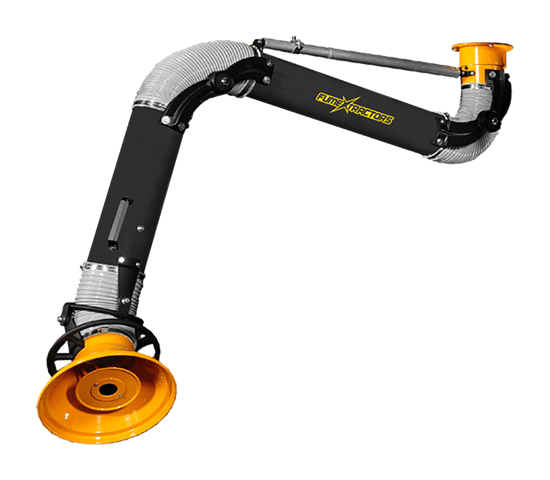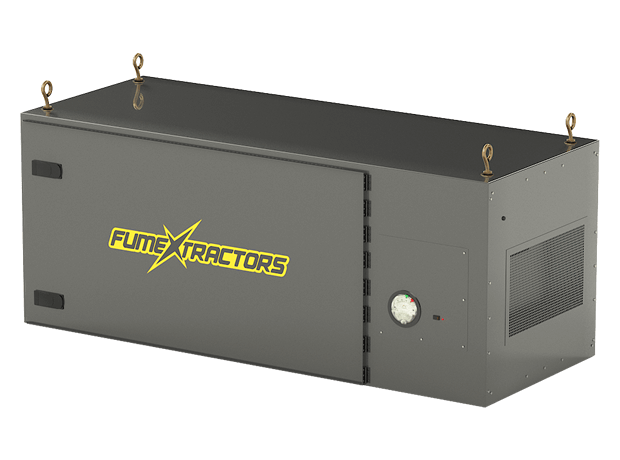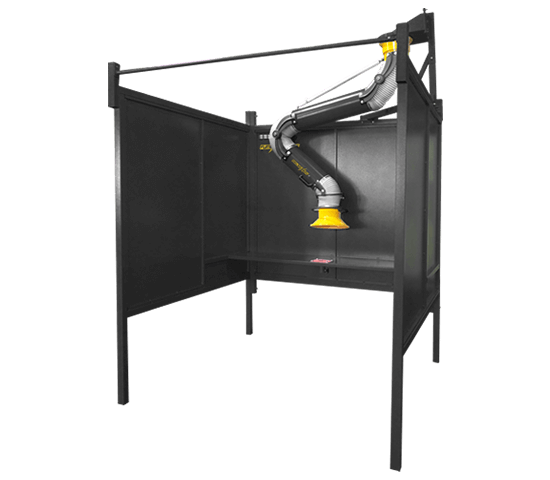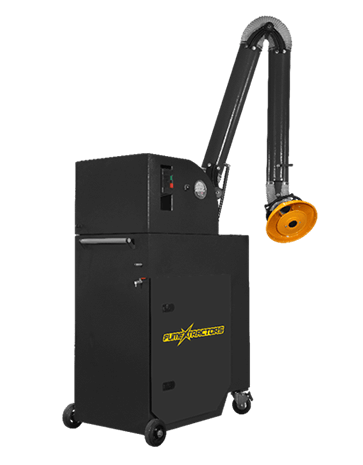The Role of Welding Fume Removal in Workplace Safety
Any time metals and metal materials are welded together, toxic fumes and gases generate and release into the airstream. The particulate in welding fume is typically smaller than 0.1 µm.
To understand how small this is, consider a strand of hair. An average strand of hair is 99 µm meaning that the particles in weld fume are so tiny they're completely unseen to the naked eye! The smaller the particles are - the greater the concentration will be.
The particulate matter found in welding fumes can include harmful metals and gases such as argon, nitrogen, carbon dioxide, carbon monoxide, and hydrogen fluoride. Because the particulate matter in welding fume is so small, it gets easily trapped in the respiratory system targeting the bloodstream, central nervous system, and kidneys.
Weld fume also settles on floors and fixtures increasing the risks of injury and equipment malfunction issues. Without a way to control and capture these contaminants, there is an increased risk of health and safety injuries - this is why it's important to collect fumes at or near the source using a fume extraction system.

